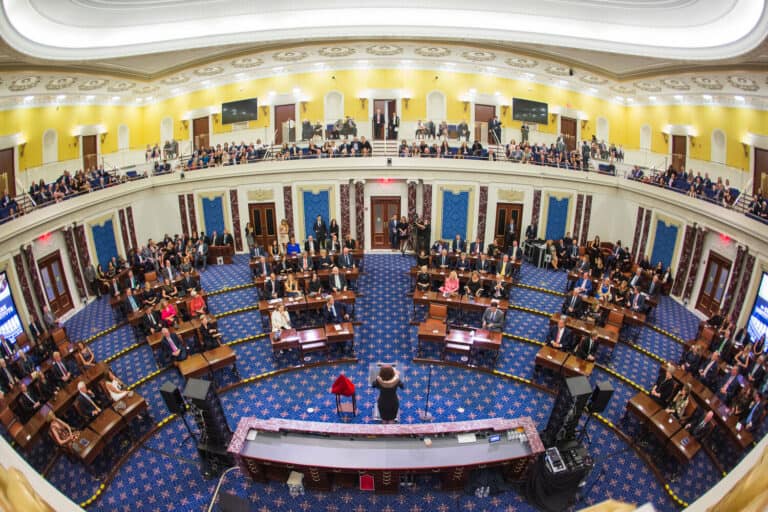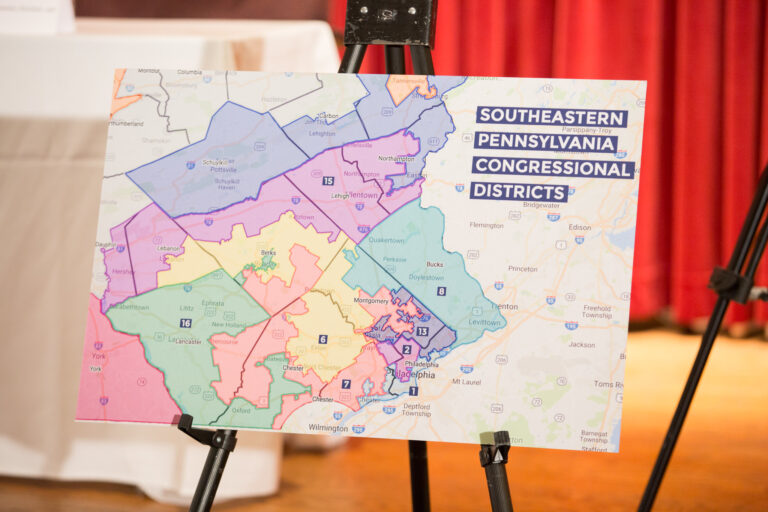Maddy Joseph is a student at Harvard Law School.
The Supreme Court holds this morning in Murphy Oil that class and collective action bars in arbitration agreements are enforceable under the Federal Arbitration Act (FAA) and are not incompatible with the NLRA. The majority opinion by Justice Gorsuch is notable for its reading of Section 7 as not protecting recourse to group litigation processes. Justices Ginsburg, Breyer, Sotomayor, and Kagan dissented in an opinion by Justice Ginsburg, which she announced from the bench. The opinion is here and resolves three consolidated cases — NLRB v. Murphy Oil, Epic Systems Corp. v. Lewis, and Ernst & Young, LLP v. Morris.
Leaning heavily on the history and pro-arbitration purposes of the FAA, the majority sees the FAA as clear and “emphatic” in requiring that courts enforce both agreements to arbitrate and the procedures in those agreements. The majority first rejects the employees’ argument that the NLRA provided a ground for revocation of the arbitration agreements through the FAA’s savings clause. Here, the Court reaffirms an idea fromAT&T v. Conception that the savings clause applies only to “‘generally applicable contract defenses, such as fraud, duress, or unconscionability’” and not to defenses specific to arbitration. The employees, the majority says, “object to their agreements precisely because they require individualized arbitration proceedings instead of class or collective ones.”
On the key issue—whether class action bars in arbitration agreements are incompatible with the NLRA—the majority places the burden on the employees and the NLRB to show clear congressional intent in the NLRA to “override” the FAA, concluding that no “command to displace the Arbitration Act and outlaw agreements like” these cannot be “inferred” from Section 7.
In the essential passages, the Court reads Section 7 not to protect recourse to class or collective action procedures. Justice Gorsuch writes: “Section 7 focuses on the right to organize unions and bargain collectively. It may permit unions to bargain to prohibit arbitration. Cf. 14 Penn Plaza LLC v. Pyett, 556 U. S. 247, 256–260 (2009). But it does not express approval or disapproval of arbitration. It does not mention class or collective action procedures.” Repeatedly, the Court emphasizes this point—that the NLRA never mentions dispute resolution procedures: “Union organization and collective bargaining in the workplace are the bread and butter of the NLRA, while the particulars of dispute resolution procedures in Article III courts or arbitration proceedings are usually left to other statutes and rules — not least the Federal Rules of Civil Procedure, the Arbitration Act, and the FLSA.”
More specifically, the majority rejects the employees’ and the NLRB’s reading of Section 7’s language protecting “other concerted activities for the purpose of . . . other mutual aid or protection.” Relying on a canon called ejusdem generis (that is, of the same kind), Justice Gorsuch emphasizes that the phrase “concerted activities” appears after a list of activities related to “self-organizing” and collective bargaining. On this basis, he concludes the phrase cannot be read “to protect . . . ‘the highly regulated, courtroom-bound “activities” of class and joint litigation.’”
The majority bolsters this with other arguments from history, structure, and context. It points out that most group litigation procedures didn’t exist at the time of the NLRA, making it “unlikely” that Congress meant for the NLRA to protect those activities. And taking on the whole of the NLRA, the Court characterizes the NLRA as a “careful regime” laying out mechanisms and processes for protecting particular forms of action. “But missing entirely from this careful regime is any hint about what rules should govern the adjudication of class or collective actions in court or arbitration. Without some comparably specific guidance, it’s not all obvious what procedures Section 7 might protect.”
Later in the opinion, Justice Gorsuch acknowledges the Supreme Court’s statement in Eastex that Section 7 has been applied to protect workers’ resort to administrative and judicial forums to improve working conditions. But he reads the statement as “dicta” and says that it has never been read to “hold that Section 7 guarantees a right to class or collective action procedures.”
The majority’s dismissals of the employees’ and the NLRB’s arguments are at times vehement. The Court endorses the circuits that have held that the FLSA allows individualized arbitration agreements, calling those rulings an “obstacle” that forces the employees to “cast about” outside the FLSA. “And so they have cast in this direction,” Justice Gorsuch says, “suggesting that one statute (the NLRA) steps in to dictate the procedures for claims under a different statute (the FLSA), and thereby overrides the commands of yet a third statute (the Arbitration Act). It’s a sort of interpretive triple bank shot, and just stating the theory is enough to raise a judicial eyebrow.”
Relatedly, the Court also points out that it has “rejected” every other “effort[] to conjure conflicts between the Arbitration Act and other federal statute,” finding that Congress had not displaced the FAA in statutes from the Securities Act to the Sherman Act.
Finally, the Court rejects the suggestion that the NLRB’s position deserved Chevron deference, stating that courts must be independent interpreters when looking at potentially conflicting statutes.
Justice Ginsburg’s 30-page dissent traces the history of “legislative efforts to protect workers’ rights to band together” through the NLRA and emphasizes that in many cases joining claims is the only way for workers to be heard by employers. She writes:
“In the NLRA and its forerunner, the Norris-LaGuardia Act (NLGA), 29 U. S. C. §101 et seq., Congress acted on an acute awareness: For workers striving to gain from their employers decent terms and conditions of employment, there is strength in numbers. A single employee, Congress understood, is disarmed in dealing with an employer. See NLRB v. Jones & Laughlin Steel Corp., 301 U. S. 1, 33-34 (1937). The Court today subordinates employee-protective labor legislation to the Arbitration Act. In so doing, the Court forgets the labor market imbalance that gave rise to the NLGA and the NLRA, and ignores the destructive consequences of diminishing the right of employees ‘to band together in confronting an employer.’ NLRB v.City Disposal Systems, Inc., 465 U. S. 822, 835 (1984). Congressional correction of the Court’s elevation of the FAA over workers’ rights to act in concert is urgently in order.”
Carefully rejecting each of the majority’s statutory arguments, the dissent characterizes the Court as “diminishing” Section 7, criticizing its “cramped construction of the NLRA” and its blindness to the NLRA’s breadth and “embracive purpose.”
In closing, the dissent predicts: “The inevitable result of today’s decision will be the underenforcement of federal and state statutes designed to advance the well-being of workers.”









Daily News & Commentary
Start your day with our roundup of the latest labor developments. See all
December 15
Advocating a private right of action for the NLRA, 11th Circuit criticizes McDonnell Douglas, Congress considers amending WARN Act.
December 12
OH vetoes bill weakening child labor protections; UT repeals public-sector bargaining ban; SCOTUS takes up case on post-arbitration award jurisdiction
December 11
House forces a vote on the “Protect America’s Workforce Act;” arguments on Trump’s executive order nullifying collective bargaining rights; and Penn State file a petition to form a union.
December 8
Private payrolls fall; NYC Council overrides mayoral veto on pay data; workers sue Starbucks.
December 7
Philadelphia transit workers indicate that a strike is imminent; a federal judge temporarily blocks State Department layoffs; and Virginia lawmakers consider legislation to repeal the state’s “right to work” law.
December 5
Netflix set to acquire Warner Bros., Gen Z men are the most pro-union generation in history, and lawmakers introduce the “No Robot Bosses Act.”